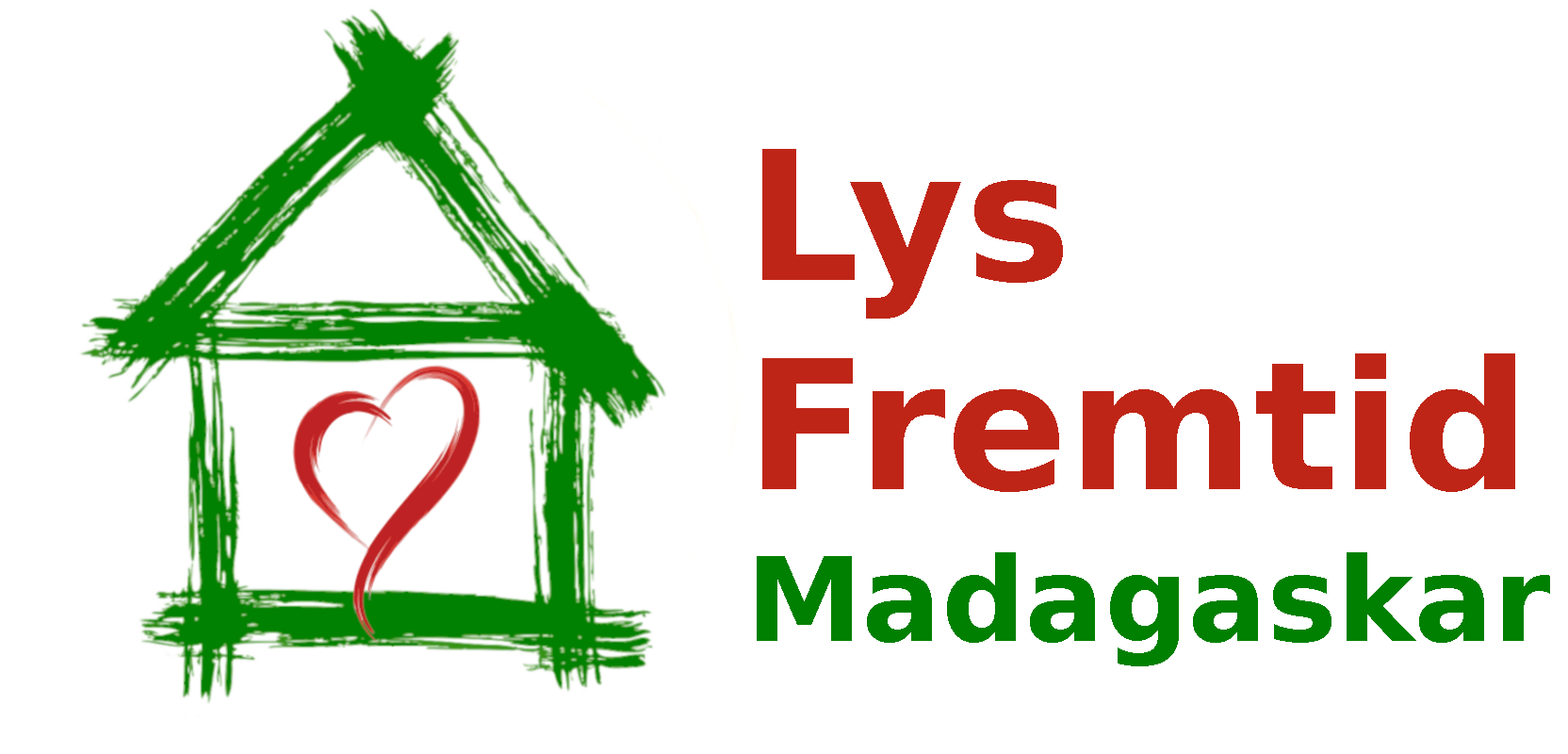Protection of nature and the environment
Madagascar has a completely unique flora and fauna due
to its early separation from the African continent.
Many of these priceless species are now endangered.
this is mainly due to deforestation and poverty among the population,
But also illegal animal and timber trade
Context
A staggering number of plants and animals have their home on the island. More than 11000 endemic plant species, including seven species of baobab trees, share the island with a large variety of mammals, reptiles, amphibians and other species. From 1999 to 2010, researchers discovered 615 new species in Madagascar, including 41 mammals and 61 reptiles.
Madagaskar har flere kritisk truede arter, inkludert Silke Sifaka, en lemur, som er en av de sjeldneste pattedyrene på jorden. Navnet “skogens engel” henviser til den hvite pelsen. En annen truet art, den sjeldne stråleskilpadden, finnes bare i et lite område nordvest i Madagaskar hvor så få som 1000 av disse dyrene overlever. stråleskilpadder kan selges ulovlig for opptil 200 000 $ på eksotiske kjæledyrmarkeder.
Madagascar's amazing species and unique habitats are threatened by demands from today's global markets and from the growing needs of local people. This happens primarily on a small scale, but the widespread removal of forests, mainly for firewood and coal production, endangers the island's habitats. As a result, several charismatic species such as lemurs and chameleons that have evolved here over millions of years may become extinct before the end of the century.
For the unique species on the island, the loss of vital habitats is a disaster, and the increased supply of species has also exacerbated international trade in Madagascar's wildlife. Today, many animals and plants are endangered, with rose hips, turtles, chameleons, geckos and snakes most sought after in the illegal timber and animal market.
Although the prognosis from researchers is disappointing, there is still hope. It has been possible to reduce deforestation considerably since the 1990s. The protection of nature (especially rosewood and other protected tree species) in Madagascar can be a dangerous affair, and requires good cooperation and smart progress. It is the money behind the illegal trade that makes this dangerous.
Bright Future
Bright Future aims to protect, restore and maintain Madagascar's unique biological diversity in harmony with the culture and livelihoods of the local population. Close work is needed with governments, researchers, industry and local communities to secure the future of the island's people, plants and animals.
Partners for a sustainable and prosperous Madagascar

